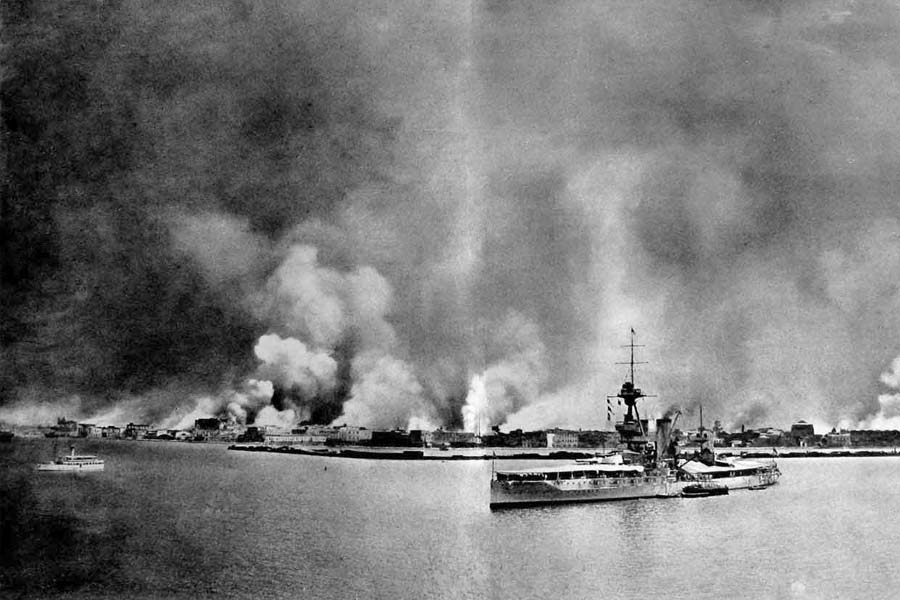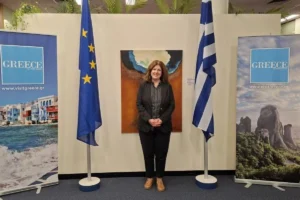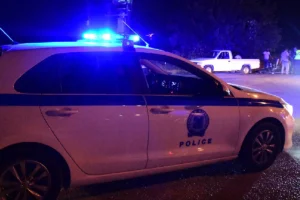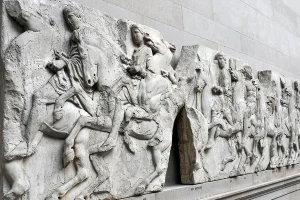SKOKIE, IL – The Illinois Holocaust Museum & Education Center, 9603 Woods Drive in Skokie, and the Asia Minor and Pontos Hellenic Research Center present The Great Fire of Smyrna – The Genocide of Greeks in Asia Minor Remembered: 100th Anniversary Commemoration on Sunday, September 18, 1 PM Central Time, at the Museum and online.
The event includes discussion and presentations by renowned scholars and educators as they address one of the most tragic and major events in modern Greek history.
Speakers include: George Shirinian, author and Executive Director of the Zoryan Institute; Dr. Constantine Hatzidimitriou, Adjunct Assistant Professor at St. John’s University and City University of New York; Dr. Paul Bartrop, Emeritus Professor, Florida Gulf Coast University; and Kelley Szany, Senior Vice President of Education and Exhibitions, Illinois Holocaust Museum and Co-Chair, Illinois Holocaust & Genocide Commission.
Community Partners: Hellenic American Leadership Council, the UCLA Stavros Niarchos Foundation Center for the Study of Hellenic Culture, and the National Hellenic Museum.
Registration required.
Free to the public.
More information and registrations are available online for both virtual and in-person attendance: https://bit.ly/3PeSLkx.
For thousands of years Smyrna was the wealthiest of cities located today on Turkey’s Aegean coast, an elegant, cosmopolitan city where Greeks, Armenians, Turks, Jews and others lived and worked together – a city known for religious tolerance.
But after the “Young Turks Revolution” and the creation of a Nationalist government in 1919, a lethal campaign calling for the destruction and brutal persecution of the Christians of Asia Minor, Pontos, and East Thrace began.
The Great Fire of Smyrna (Καταστροφή της Σμύρνης) started on September 13, 1922, after the Turkish armed forces entered Smyrna, a deliberate act by the Turkish government to destroy or expel the Greeks and any other Christian population. The entire Greek and Armenian quarters of the city were destroyed, forcing the population to flee and seek shelter in Greece and elsewhere. Historians believe that the number of victims was in the tens of thousands, while the number of refugees was over a million. Thousands of Greek and Armenian men were subsequently deported into the interior of Anatolia, where many died in harsh and brutal conditions. After the Smyrna Catastrophe, the Hellenic city founded over 3,000 years before, a jewel of the Eastern Mediterranean, ceased to have a Hellenic community.
Join the Illinois Holocaust Museum and the Asia Minor and Pontos Hellenic Research Center for an afternoon of discussion and presentations by renowned scholars and educators as they address one of the most tragic and major events in modern Greek history.












